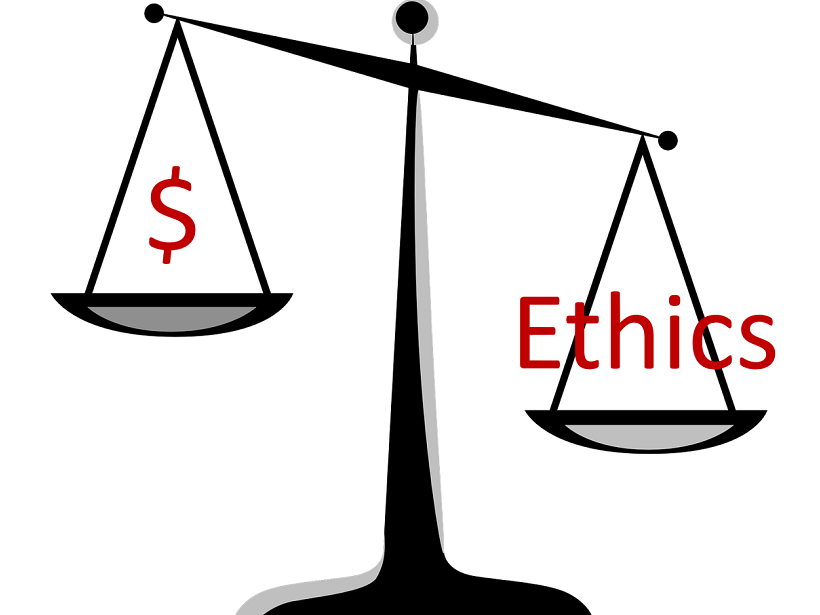How many times a week do you get an email from an editor or publisher inviting you to submit your “high profile research” to some journal (in many cases a journal you have never heard about before)? Have you ever stopped to question the aggressive recruitment of manuscripts?
These days, with publications being a crucial factor in measuring scientific productivity of individuals and institutions (i.e. publish or perish), new journals pop-up like mushrooms after the rain to accommodate the need to publish. Many of these journals are for-profit. Clearly there is a conflict of interest here. Authors are asked to pay for publication to allow the publisher to remain financially profitable. Authors become the publisher’s customers. The more papers a publisher accepts, the more revenue it earns. What incentive does the publisher have to reject manuscripts and forgo potential income? Not surprisingly, acceptance rates at some of these journals are skyrocketing, and article peer review is decreasing. Some journals routinely publish article manuscripts upon receipt of the author fee with minimal, if any, review.
Scholarly communication is now flooded with hundreds of thousands of new, second-rate articles each year, burdening conscientious researchers who have to sort through them all, filtering out the unworthy ones. This is creating an exploitative environment, threatening the credibility of scholarly publishing.
Sadly, a few academics are gaming the new system, exploiting the scholarly vanity press to increase their publications output. While open-access publication, which most of these for-profit journals use, is allowing everyone to have access to published work, the broader consequences on the quality of published work should also be considered.
There will always be a conflict between a publisher’s interest in remaining financially sound and its responsibility to the researchers who provide the manuscripts, the readers of the papers, and the wider scientific community. In the face of the current epidemic of open-access for-profit journals we must strive for scientific integrity and high-quality science. Find out more about how you can do this in this Eos.org opinion article.
—Adina Paytan, Institute of Marine Sciences, University of California Santa Cruz; email: [email protected]
Citation:
Paytan, A. (2017), The inherent conflict of interest in for-profit journals, Eos, 98, https://doi.org/10.1029/2018EO075973. Published on 19 June 2017.
Text © 2017. The authors. CC BY-NC-ND 3.0
Except where otherwise noted, images are subject to copyright. Any reuse without express permission from the copyright owner is prohibited.

